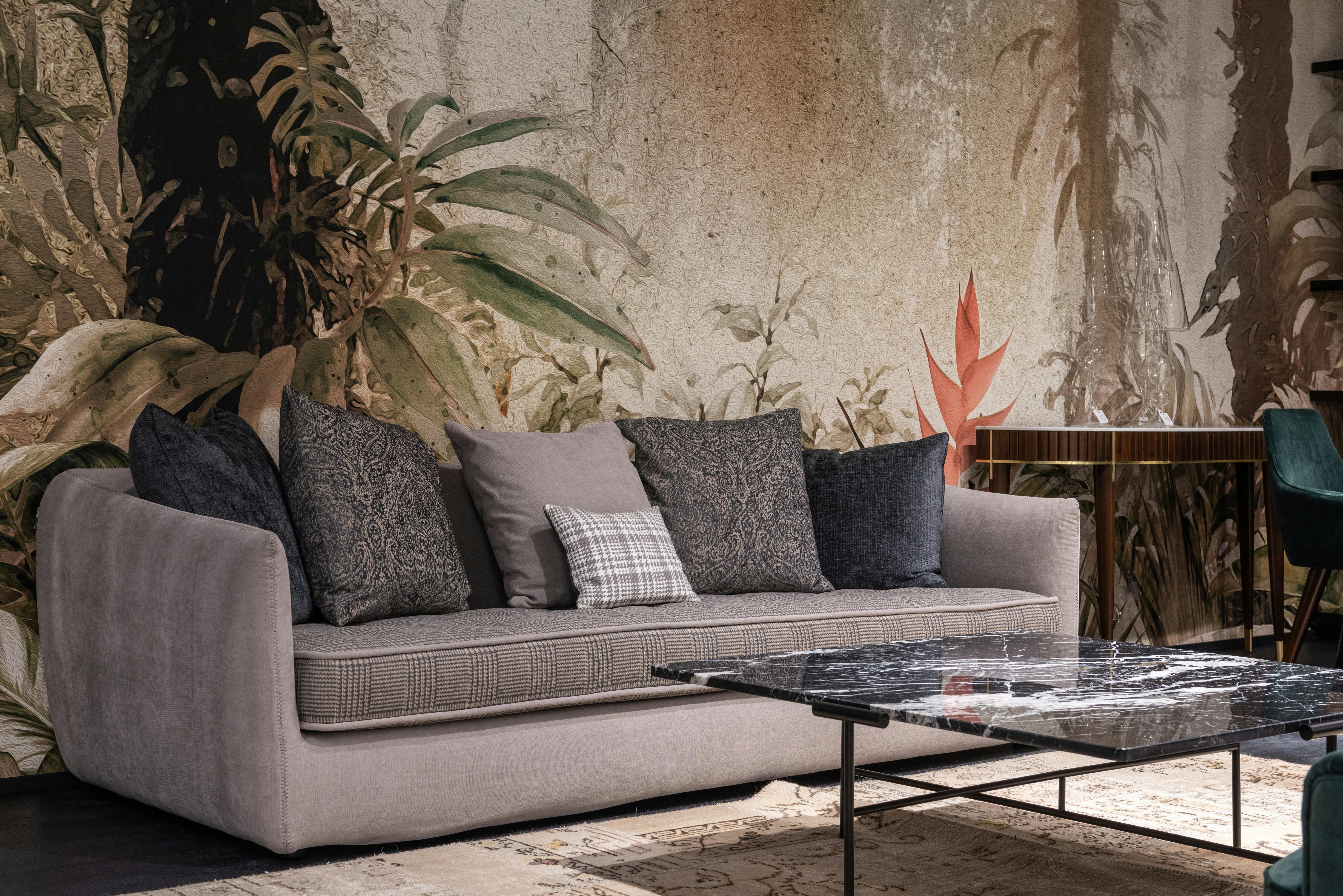-
- Tweet
CartItem(0)ProductProducts Item(0)
No products
Free shipping! Shipping
$0.00Total
Product successfully added to your shopping cart
Quantity
Total
There are 0 items in your cart.There is 1 item in your cart.
Total products (tax excl.)
Total shipping (tax excl.) Free shipping!
Total (tax excl.)
- Email Us contact@dezignlover.com
- WhatsApp : +1(832) 844 1221
The Ultimate Guide to Choosing the Right Sofa for Your Living Room
On : jeudi, août 29, 2024

An investment sofa is an integral component of any living room. From replacing an older model to shopping for your first sofa, finding the ideal sofa requires taking into account both space and style preferences when selecting it.
Make sure you buy a suitable sofa by measuring the area where it will go - don't forget about doorways! - before shopping.
Comfort

Before making your selection, the first thing to decide is whether you prefer a sofa or couch. Though these terms are often used interchangeably, there are subtle distinctions that make an impactful statement about furniture selection and room design. A sofa may suit larger, formal seating areas in your living room while couches work great in smaller, casual spots of your home.
Another factor affecting sofa comfort is the type of filler or stuffing chosen. Choose foam for cushions that spring back into shape after sitting, or try down or combination options for more relaxing seating experiences. When opting for down, be prepared to re-fluff them regularly to maintain fullness.
Before purchasing any sofa, always test it in your space before making a decision. If possible, ask your retailer if there's any possibility for returns or exchanges should it not meet your expectations in terms of comfort or fit in the room - even online purchases may allow this return option (though shipping charges may apply).
Style

Sofas are the focal point of any room, so they should reflect your design aesthetic. From neutral hues to bold hues, there are options out there to suit every home's style - such as tufting or nailhead trim for more traditional looks.
Okin advises considering how big or small your sofa will be in relation to other pieces in your space; otherwise it could make the room seem cramped. A smaller sofa may make the room appear larger.
Okin suggests taping out the size of a couch with blue painter's tape at home in your living room to gain a better idea of scale when selecting furniture, so as to see how the piece will fit and narrow down options without spending hours at showrooms. Once purchasing, be sure to inquire about their return policy; some stores allow customers to test out a sofa for one week without incurring extra charges.
Material

Material choice of a sofa will have an enormous influence on its overall look. Designers recommend selecting fabric that complements the color of your walls and other furniture in the room; neutral hues such as beige or gray tend to work best as they blend easily with most decorating styles, while bolder hues can add personality. When opting for bold hues, be sure to select durable material that can withstand wear and tear; also, think carefully about its intended use; if exposed to direct sunlight look for fade-resistant or UV options.
Finally, when selecting a sofa it's important to keep other furniture pieces in the room in mind when making your selection. In order to prevent your sofa from blocking pathways or disrupting traffic flow, aim to leave approximately three feet on either side. This ratio adheres to feng shui principles which emphasize balanced proportions and create positive energy flow within your living space.
Frame

Your sofa's frame is like the unsung hero of a theater production: supporting and giving structure to its fabric coverings. Without it, your couch would sag and collapse faster than an uninflated balloon! Therefore, taking the time to find an attractive sofa base that complements both its style and layout in your living room is worth your while.
Begin by measuring the length of your room and taking note of any doorways, hallways or other areas you will have to traverse in order to reach your sofa. Make sure it does not cover more than three-fourths of wall space without blocking walkways or restricting views.
When shopping for frames, select ones made of solid wood such as oak or ash rather than plywood or particle board. Also look for ones that have been kiln-dried as this helps prevent warping and instability in the wood. Finally, test its stability with a gentle shake or wiggle to make sure there are no wobbly parts before taking home your new sofa.
Budget

No one wants a sofa that impedes on movement in their home. Tracing out how people move throughout your space on an everyday basis will help you identify suitable sofas that create an enjoyable living room experience and won't block traffic flow.
Avoid large furniture pieces which can take over small spaces by opting for smaller sectionals or modular sofas that can be customized according to your space and seating needs. This enables you to accommodate more people without disrupting visual balance.
Once these factors have been considered, the next step should be locating sofas that suit both your personal style and family needs - it's time for shopping! Happy hunting!







